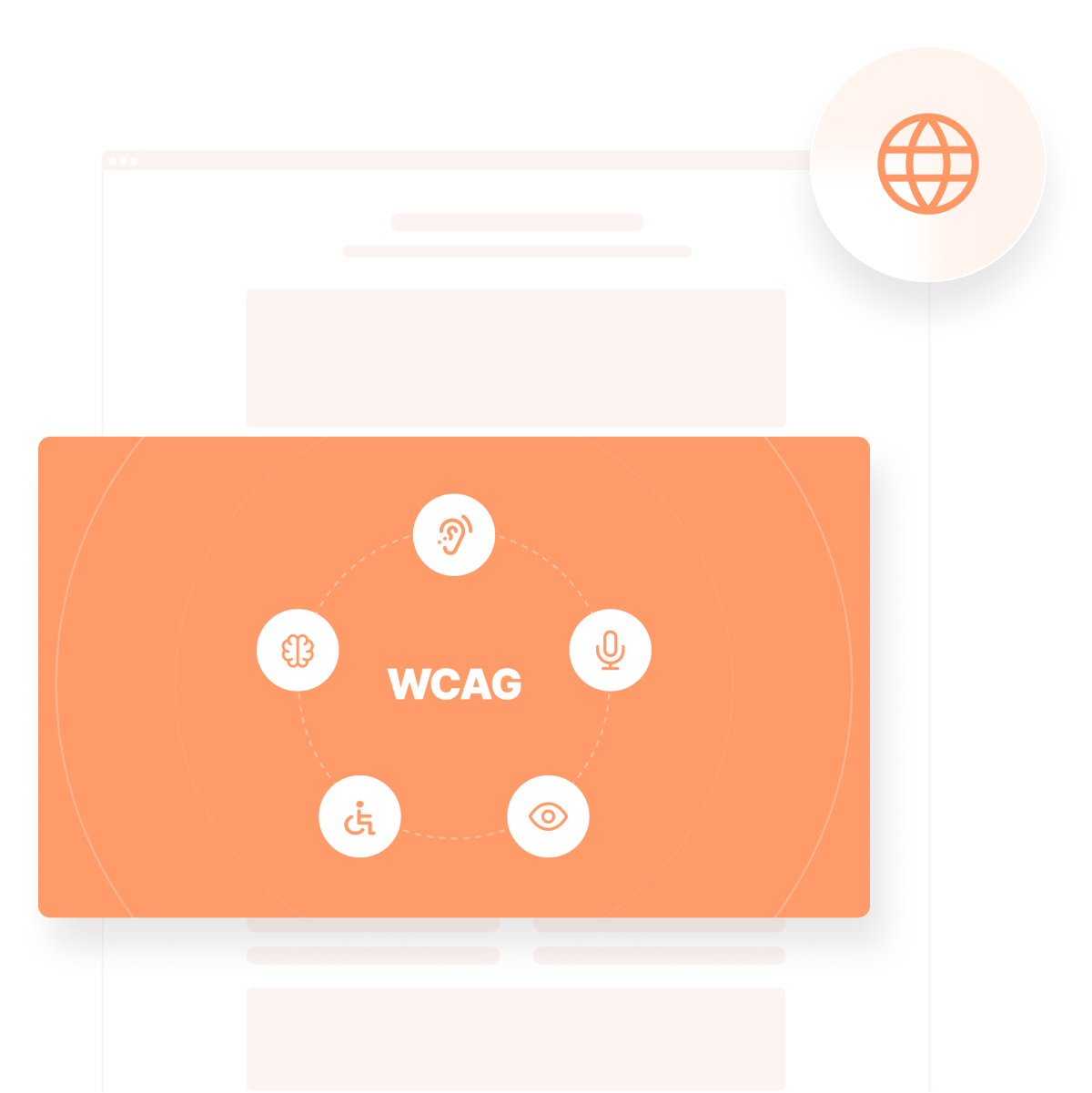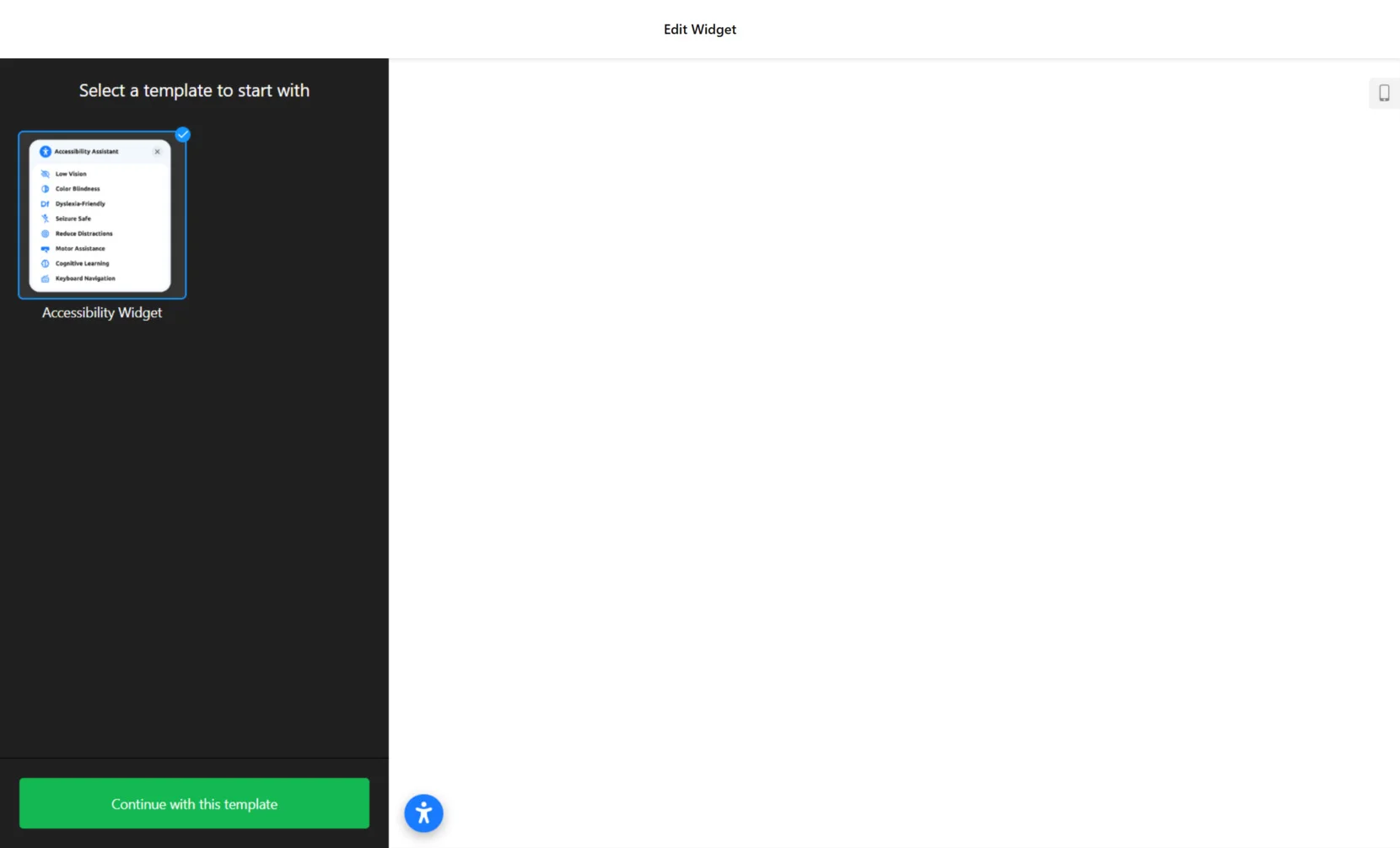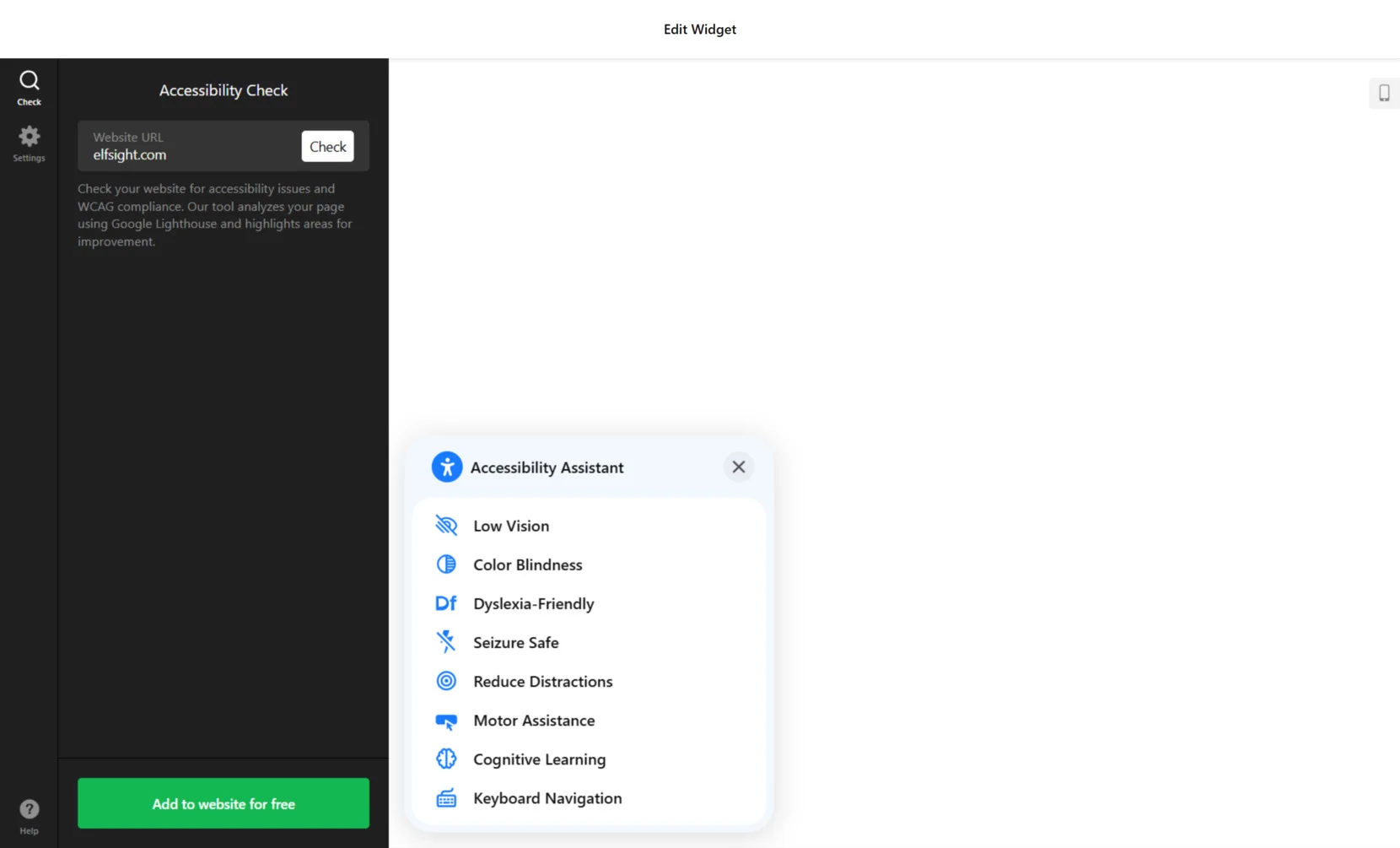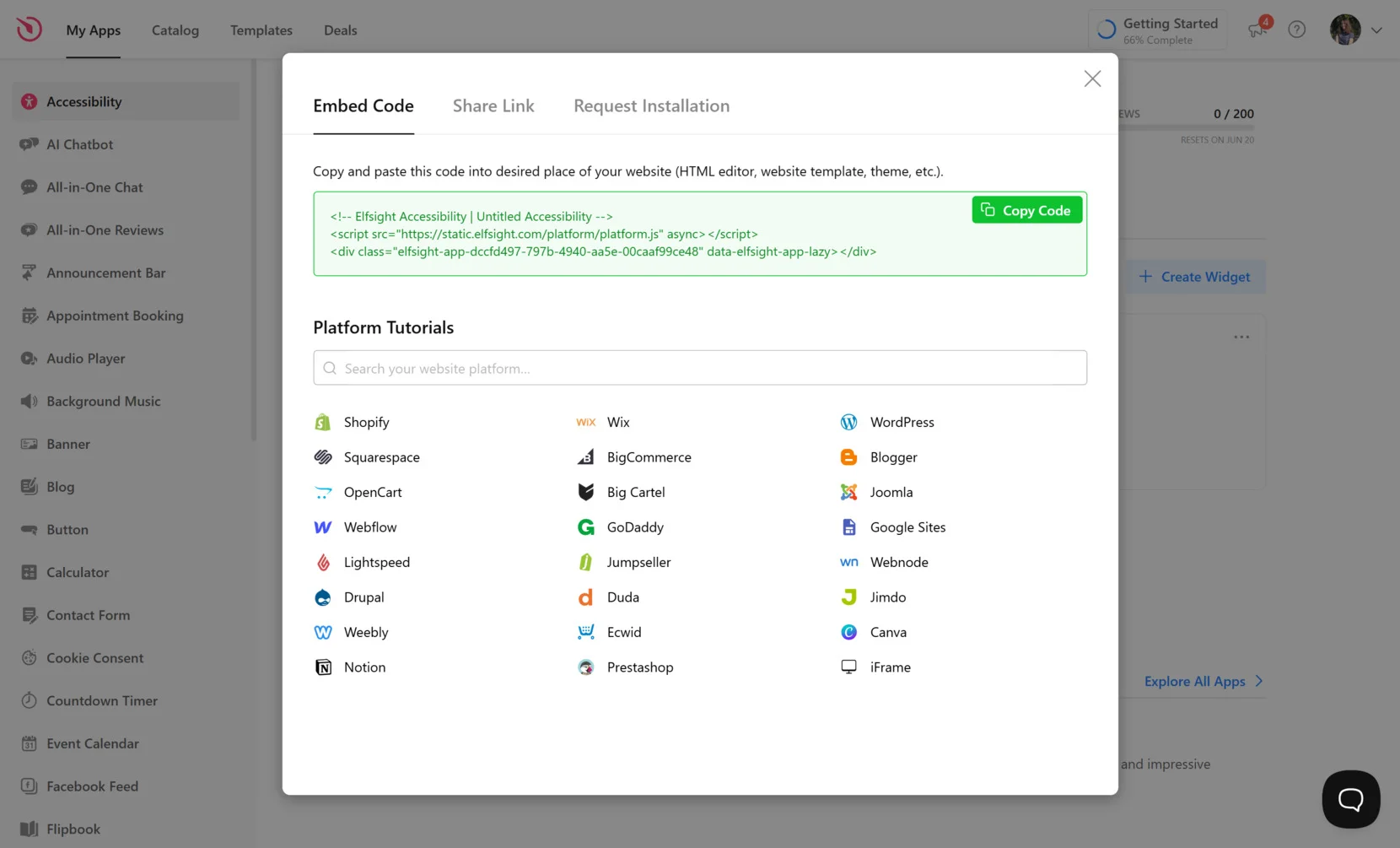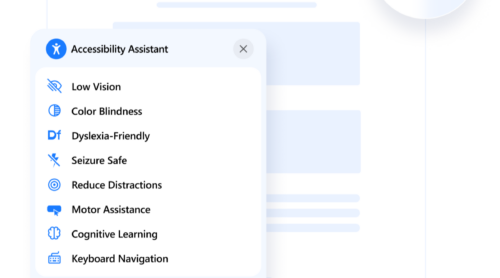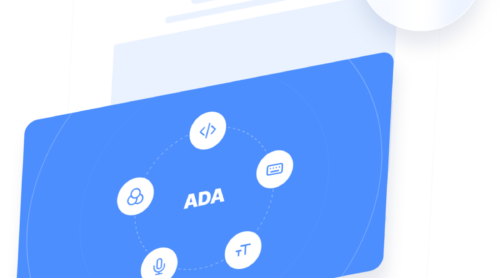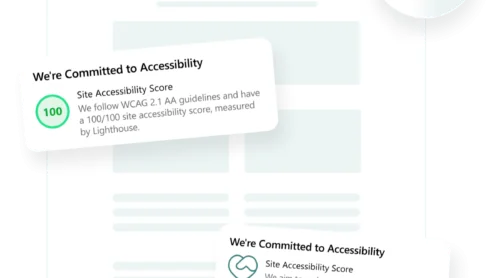In today’s digital world, a website is more than a business card — it’s a primary channel for communication, services, and interaction. Yet millions of people around the globe still face barriers when trying to use the web. For users with visual, auditory, cognitive, or motor disabilities, even simple tasks like filling out a form or reading an article can become frustrating or outright impossible.
Web accessibility is not only about compliance — it’s about creating inclusive experiences. A well-designed, accessible website ensures that everyone, regardless of ability, can navigate, understand, and interact with its content effortlessly. This principle of inclusive design for websites improves usability for all users, not just those with disabilities.
On the flip side, ignoring accessibility can lead to more than just lost users. It may result in negative reviews, increased bounce rates, and even legal risks depending on your region’s regulations. But most importantly, it denies equal access to a fundamental resource: information.
That’s where accessibility standards come in — and at the core of those standards is WCAG. Let’s explore what it is, who created it, and why it matters.
What WCAG Is and Why It Exists
Now that we’ve seen why accessibility matters, let’s explore the global standard that defines how to achieve it: WCAG. Short for Web Content Accessibility Guidelines, WCAG is a set of recommendations developed to ensure digital content is usable by people of all abilities. Whether you’re a designer, developer, business owner, or content strategist, understanding WCAG is a vital step toward building inclusive online experiences.
These guidelines were created by the World Wide Web Consortium (W3C), the main international standards organization for the web. Under its Web Accessibility Initiative (WAI), W3C introduced WCAG as a universal framework to help make digital content more accessible — not only for people with permanent disabilities but also for anyone who might experience temporary or situational challenges.
Let’s break down the basics of what WCAG covers:
- What does WCAG stand for? WCAG stands for Web Content Accessibility Guidelines. It represents a globally adopted set of best practices designed to help make web content more accessible to users with a wide range of impairments.
- What is the purpose of WCAG? WCAG exists to promote equality, inclusion, and independent access to the web. Its purpose is not just technical — it’s deeply human: ensuring everyone has equal access to online services, education, commerce, and content.
- What is WCAG compliance? Compliance means a website meets specific success criteria outlined in the guidelines. These are grouped into levels of conformance: A (minimum), AA (recommended), and AAA (optimal). Most businesses aim for Level AA to strike the right balance between usability and feasibility.
- What are WCAG standards? The standards are organized around four key principles: content must be Perceivable, Operable, Understandable, and Robust (POUR). These principles form the foundation for accessibility, and each one includes testable criteria.
Why WCAG matters more than ever
Today, over 1 billion people globally live with some form of disability. Many of them rely on digital technology daily — for work, education, shopping, and communication. If your website isn’t built with accessibility in mind, you’re unintentionally excluding a significant portion of your audience.
- Users with visual impairments rely on screen readers, alt text for images, and high-contrast color schemes to understand and interpret content.
- People with hearing loss need transcripts for audio content, captions on videos, and visual indicators for sound alerts.
- Users with motor disabilities benefit from websites that can be navigated using only a keyboard or assistive devices, without requiring precise mouse actions.
- Individuals with cognitive or learning disabilities depend on clear structure, simplified language, and consistent navigation patterns to process information effectively.
- Older adults, who may experience declining vision, hearing, or dexterity, often require a combination of these accessibility features to use the web comfortably.
Aside from human impact, there’s also a legal and business case. Failing to meet WCAG standards can lead to lawsuits, negative publicity, and a loss of customer trust. On the other hand, following these guidelines helps you meet the ADA (Americans with Disabilities Act) and other global accessibility laws, enhances SEO, and increases user retention.
How WCAG compliance is evaluated
Ensuring that a website meets WCAG standards requires more than just a compliance checklist — it involves a combination of evaluation methods that cover technical, functional, and human-centered perspectives. Here’s how accessibility is typically assessed:
| Evaluation Method | Description |
|---|---|
| Manual testing | Performed by accessibility experts or internal teams, this method includes checking keyboard navigation, screen reader compatibility, and color contrast. It ensures interactive components work without a mouse, headings follow logical structure, and content is legible for users with visual impairments. |
| Automated testing | Scripts or browser-based tools scan the website for common accessibility violations, such as missing alt text, broken labels, or non-compliant ARIA roles. While fast and efficient, this method often misses context-sensitive issues and requires human review. |
| User testing | This involves people with disabilities using the website with their preferred assistive technologies (such as screen readers or keyboard navigation tools). Their real-world feedback is crucial for identifying usability issues that automated or expert reviews might overlook. |
Now that we’ve unpacked what WCAG is, who created it, and why it’s essential, let’s look at the core principles that guide it — and how those standards have evolved over time to meet the changing demands of the digital world.
The Principles and Evolution of WCAG
To truly understand Web Content Accessibility Guidelines, it’s essential to grasp the core principles that underpin them — as well as how these standards have evolved. WCAG isn’t just a rulebook; it’s a structured philosophy that guides how we build websites that work for all users, regardless of ability.
The four foundational principles: POUR
WCAG is built on four guiding principles, commonly referred to as POUR. These principles shape every guideline and success criterion within WCAG, helping creators approach accessibility in a structured, human-centered way:
- Perceivable. Information and user interface components must be presented in ways that users can recognize using their available senses. This includes text alternatives for images, captions for videos, and adaptable layouts that don’t rely on a single sense like sight.
- Operable. All users must be able to interact with the interface and navigation. Features like keyboard accessibility, clear focus indicators, and generous time limits ensure that users with motor impairments or cognitive differences can navigate the website effectively.
- Understandable. Content should be clear, readable, and predictable. Consistent navigation, readable typography, and language that matches the audience’s literacy level all support users who might struggle with comprehension.
- Robust. The website must be built using clean, compatible code that works well across a variety of browsers, platforms, and assistive technologies. This ensures longevity and compatibility for all users, now and in the future.
How WCAG has evolved over time
WCAG isn’t static — it’s updated as technologies and user needs change. Since its introduction, the guidelines have undergone several key revisions to stay relevant:
- WCAG 2.0 (2008): The first major version recognized globally, focused on general accessibility principles that could be applied across technologies.
- WCAG 2.1 (2018): Introduced new success criteria to better serve users with cognitive impairments, low vision, and mobile accessibility challenges.
- WCAG 2.2 (2023): Added additional requirements for easier navigation, clearer inputs, and enhanced help mechanisms — especially beneficial for users with cognitive disabilities and limited dexterity.
Should you update your compliance strategy?
If your website currently meets WCAG 2.0 or 2.1, that’s a good start — but it’s no longer enough. New guidelines reflect the changing ways people interact with technology, especially through mobile devices and assistive tools. Updating your strategy to align with WCAG 2.2 not only strengthens compliance but also improves overall user experience.
With the foundational principles and latest standards in mind, the next step is to translate these into action. Let’s explore how you can make your website WCAG-compliant — efficiently and effectively.
How to Make Your Website Compliant
Understanding the standards of WCAG is essential — but applying them is where transformation begins. WCAG compliance ensures that all users, including those with disabilities, can access and interact with your content. Fortunately, you don’t need to be a professional developer to make your website more accessible.
Let’s break the process into clear steps. Whether you’re a small business or a large enterprise, the following areas are a practical starting point:
WCAG compliance essentials — at a glance
| What to Check | Why It Matters |
|---|---|
| Alt text for images | Allows screen reader users to understand visual content. |
| Text contrast | Improves readability for users with low vision or color blindness. |
| Keyboard navigation | Ensures users without a mouse can access all interactive elements. |
| Semantic HTML structure | Helps screen readers and assistive tech interpret your layout accurately. |
| Proper form labels | Makes inputs usable and understandable, reducing form errors. |
| Captions and transcripts | Provides alternative access to audio and video content. |
| Responsive design | Ensures accessibility across screen sizes and device types. |
| Consistent navigation | Improves orientation and task completion for all users. |
Meet WCAG standards with the Elfsight Accessibility Widget
If you’re looking for a faster and easier way to comply with accessibility standards, the Elfsight accessibility widget is a powerful solution. This no-code tool helps make your website WCAG and ADA compliant by giving visitors direct control over visual and functional adjustments tailored to their needs.
The widget works right out of the box, giving you accessibility modes for conditions like low vision, color blindness, dyslexia, and more. It seamlessly integrates with any website platform and requires no technical background to install or configure.
How to set it up
- Choose a pre-made template. Open the Elfsight editor and select from professional accessibility templates. Click “Continue with this template” to begin editing.
- Run an accessibility audit. Use the built-in scanner by entering your website’s URL. The widget will perform a WCAG-based check and highlight any accessibility issues it detects.
- Customize settings. In the “Settings” panel, define language, widget position, display devices, and more. You can also enable memory settings and add your own custom CSS or JavaScript.
- Install the widget. Click “Add to website for free,” copy the generated embed code, and paste it into your website’s HTML or CMS integration field. Save your changes and publish.
Main features of the widget
- Preset accessibility modes — including profiles for Low Vision, Epilepsy Safe, Color Blind, and Dyslexia Friendly.
- Full control over design — Customize colors, position, icons, and visibility to match your brand.
- Built-in accessibility audit — Identify issues before they reach your visitors.
- User session memory — Saves user preferences across page loads and visits.
- Multilingual support — Choose from 20+ languages or add your own.
- Real-time preview editor — See and adjust your widget live before publishing.
Once live, your website will offer users a significantly improved experience — one that adapts to their needs without disrupting your design. It’s an effortless way to demonstrate commitment to digital inclusion while aligning with global compliance standards.
See the widget in action — make your website accessible and compliant now!
WCAG vs ADA vs EAA
By now, you understand that following Web Content Accessibility Guidelines helps create a better experience for users with disabilities — but how does this connect to actual laws? Across the globe, various legal frameworks refer to or are based on WCAG, making it more than just a best practice — in many cases, it’s a legal expectation.
Two of the most referenced regulations are the Americans with Disabilities Act (ADA) in the United States and the European Accessibility Act (EAA) in the European Union. While both aim to ensure equal digital access, their requirements and scope differ — and understanding their relationship to WCAG is key to staying compliant.
How WCAG, ADA, and EAA compare
| Standard or Law | Region | Is WCAG Required? | Who Must Comply? |
|---|---|---|---|
| WCAG | Global (W3C) | Not a law, but internationally recognized as the technical standard | Voluntary unless referenced by a specific law |
| ADA | United States | Yes — WCAG 2.0 AA is commonly referenced in lawsuits and DOJ rulings | Public and private organizations offering digital goods or services |
| EAA | European Union | Yes — WCAG 2.1 is the baseline for accessibility in digital products | Businesses and government entities offering products or services within the EU |
While WCAG is not a law in itself, it is widely adopted as the technical standard used to measure legal compliance. In both the U.S. and the EU, courts and regulatory bodies reference WCAG when determining whether a website or app meets legal accessibility requirements.
Even in countries where specific digital accessibility laws are still emerging, WCAG is the most accepted and forward-compatible framework. It not only meets current standards but prepares your business for evolving global legislation.
Conclusion
As global laws increasingly embrace the principles of digital accessibility, aligning your website with WCAG standards is no longer optional — it’s essential. From understanding the core POUR principles to adapting your design and navigation, each improvement you make strengthens the experience for all users and protects your business from legal and reputational risk. Whether you’re preparing for ADA or EAA compliance or simply want to offer a more inclusive experience, WCAG provides a solid foundation to build upon.


